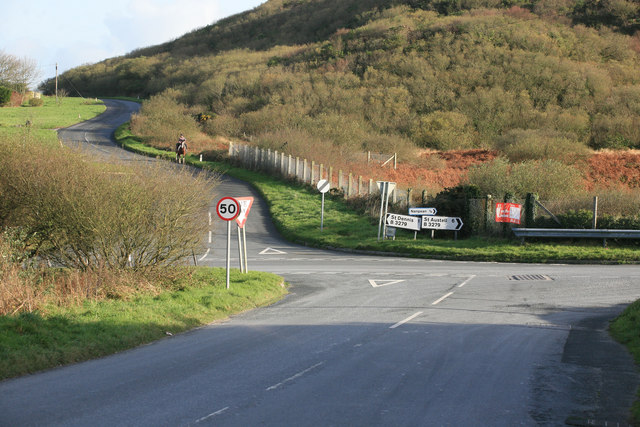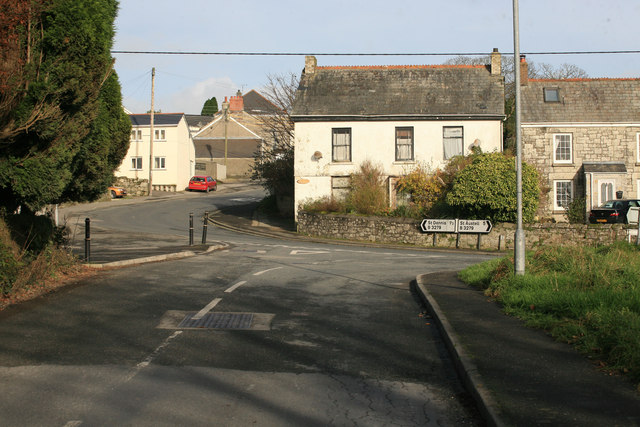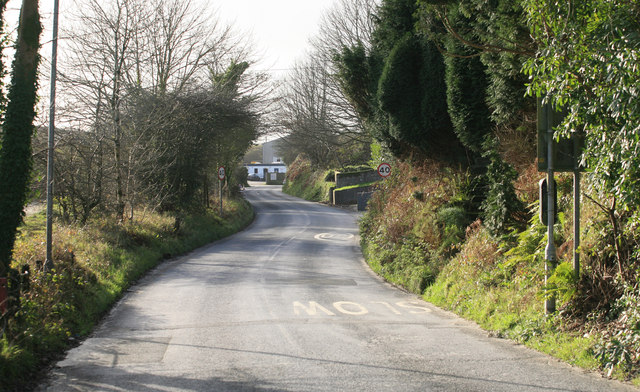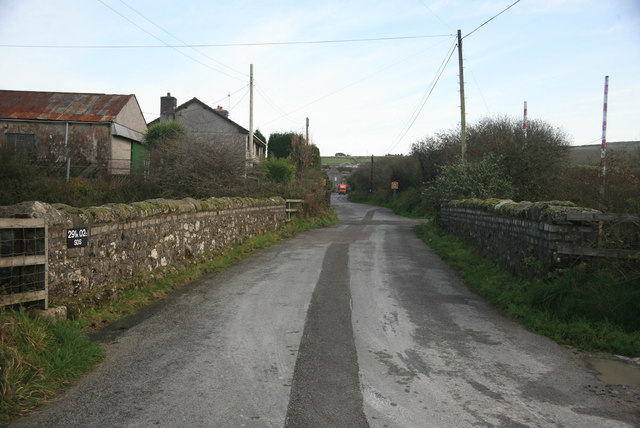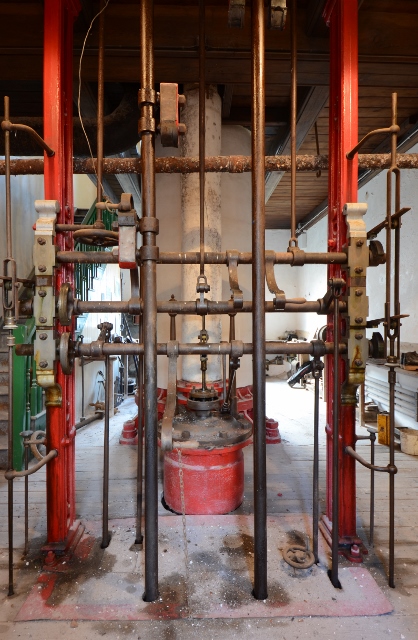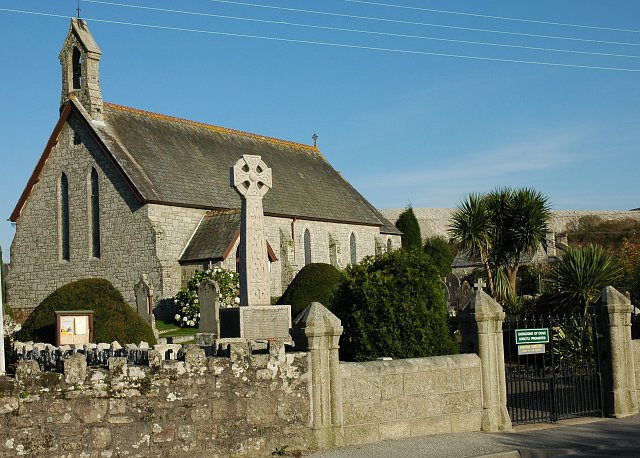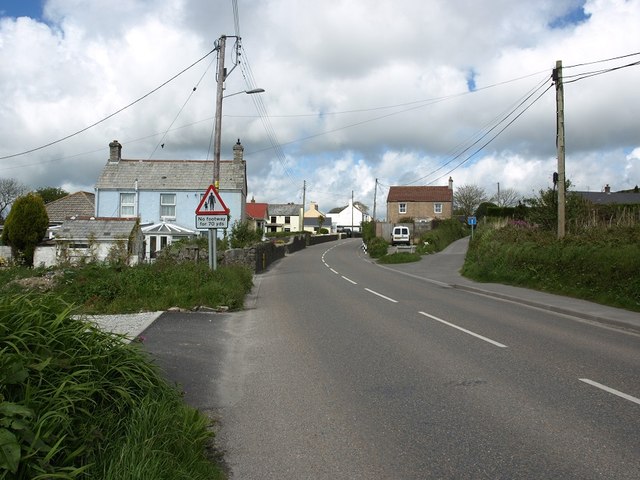Nanpean
Settlement in Cornwall
England
Nanpean

Nanpean is a small village located in the county of Cornwall, England. Situated approximately four miles southeast of St Austell, Nanpean is nestled within the picturesque landscapes of the Cornish countryside. The village is surrounded by rolling hills, fields, and farmlands, making it an idyllic location for those seeking a peaceful and rural setting.
Historically, Nanpean was predominantly an agricultural community, with farming and mining being the primary industries. However, with the decline of the mining industry in the late 19th century, the village underwent a transition towards a more residential and commuter-based settlement.
Today, Nanpean is a close-knit community with a population of around 2,000 residents. The village offers a range of amenities, including a primary school, a community center, a local shop, and a pub. The surrounding area provides ample opportunities for outdoor activities, such as walking, cycling, and exploring the nearby nature reserves and country parks.
For those interested in history, Nanpean is within reach of several notable attractions. The iconic Eden Project, a world-renowned ecological site, is just a short drive away. Additionally, the historic Charlestown, a UNESCO World Heritage Site famous for its preserved Georgian harbor, is within easy reach.
In conclusion, Nanpean offers a tranquil and scenic escape in the heart of Cornwall. Whether it's enjoying the rural charm, exploring the surrounding natural beauty, or immersing oneself in local history, Nanpean has something to offer for residents and visitors alike.
If you have any feedback on the listing, please let us know in the comments section below.
Nanpean Images
Images are sourced within 2km of 50.369862/-4.868448 or Grid Reference SW9656. Thanks to Geograph Open Source API. All images are credited.

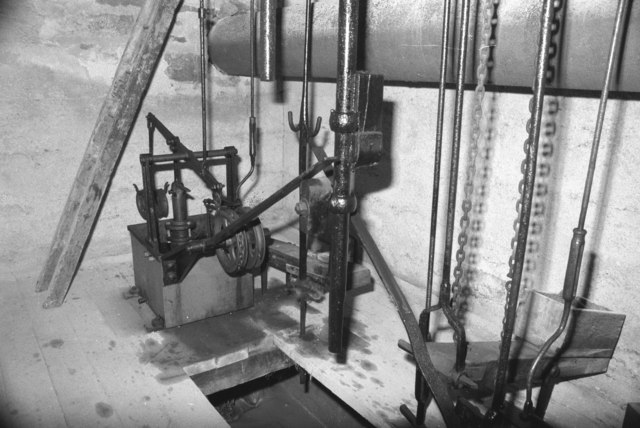
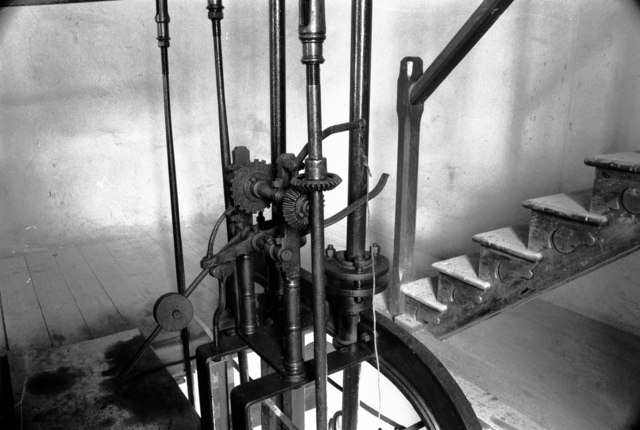
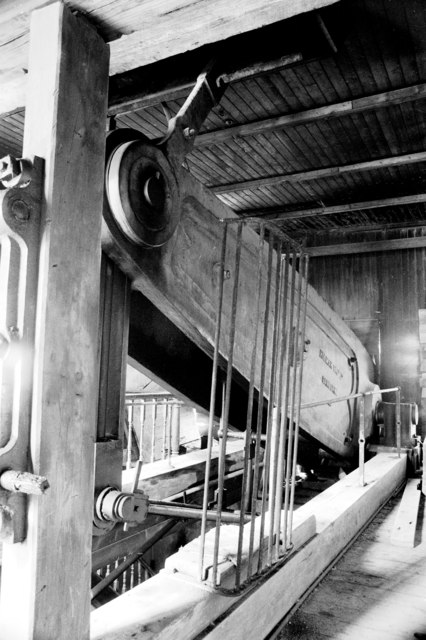
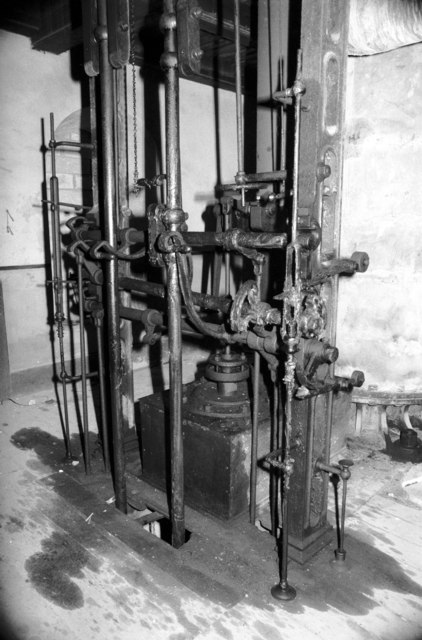
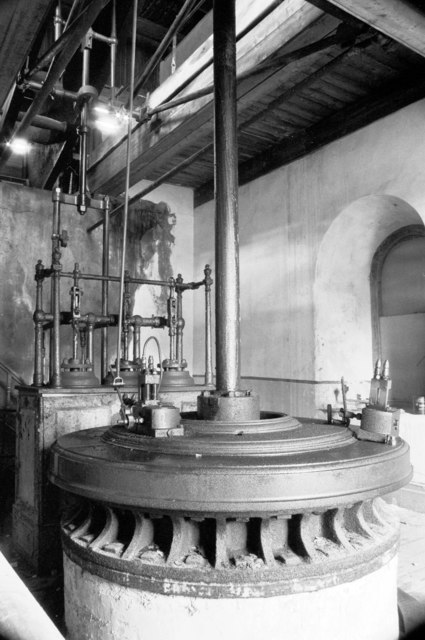
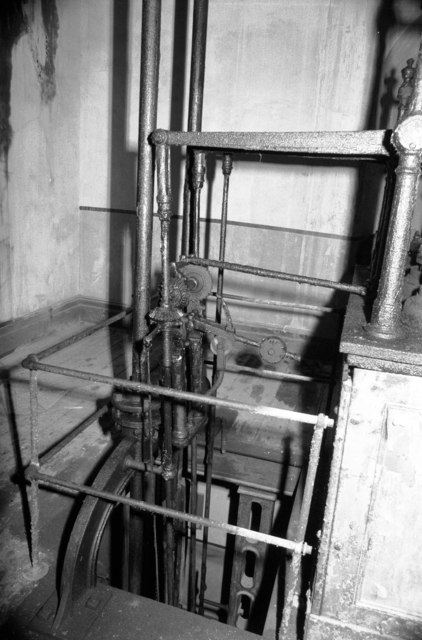
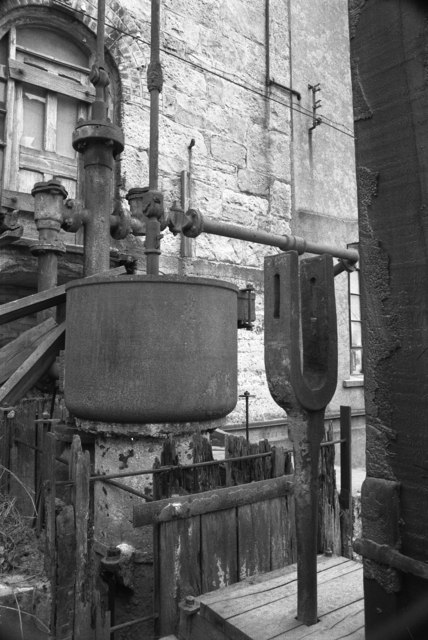
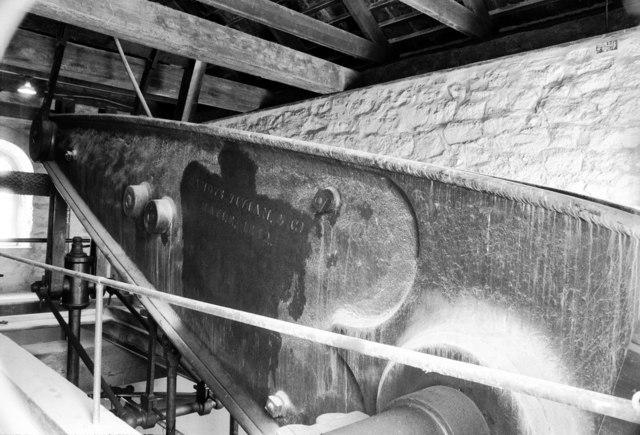
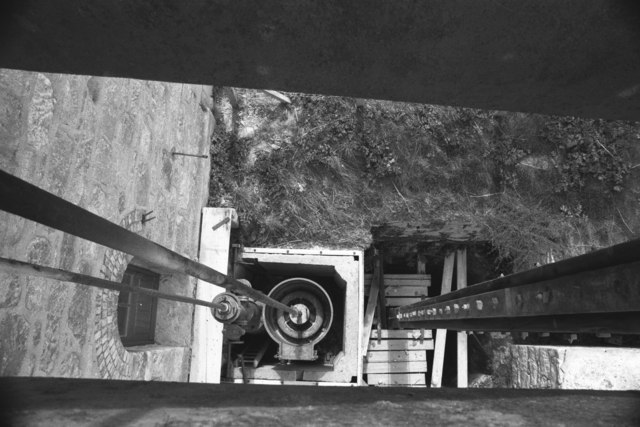
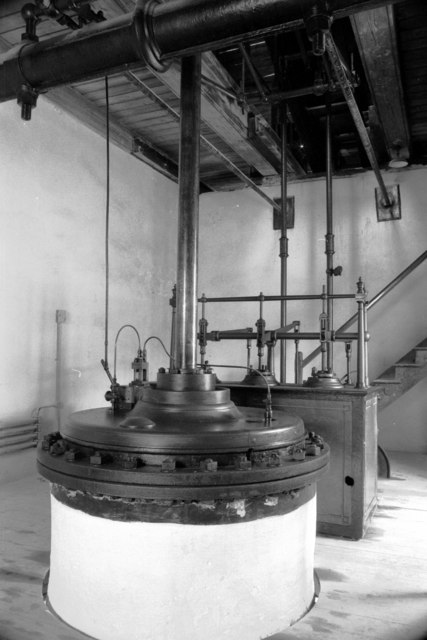
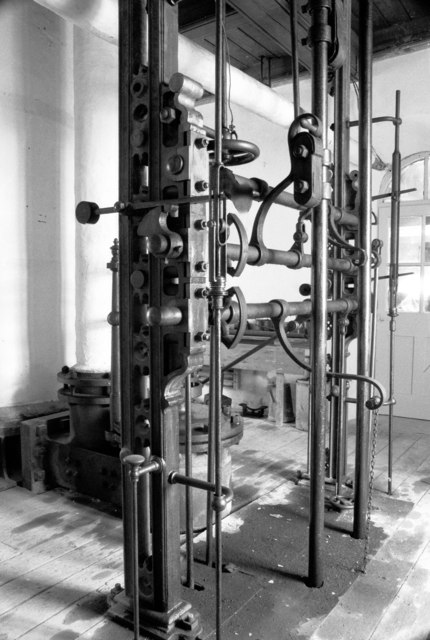
Nanpean is located at Grid Ref: SW9656 (Lat: 50.369862, Lng: -4.868448)
Unitary Authority: Cornwall
Police Authority: Devon and Cornwall
What 3 Words
///alien.mugs.observers. Near Nanpean, Cornwall
Nearby Locations
Related Wikis
Nanpean
Nanpean (from Cornish: Nanspian, meaning "little valley") is a village in the civil parish of St Stephen-in-Brannel in Cornwall, United Kingdom. The B3279...
Currian Vale
Currian Vale is a hamlet northeast of Nanpean, in mid Cornwall, England. At the 2011 census the population was included in the civil parish of St Stephen...
Foxhole, Cornwall
Foxhole (Cornish: Tollowarn) is a village in mid Cornwall, England, in the United Kingdom. It lies within the parish of St Stephen-in-Brannel, and has...
Whitemoor, Cornwall
Whitemoor is a village in St Stephen-in-Brannel civil parish in mid Cornwall, England. It is northeast of Nanpean. == Whitemoor Community Primary School... ==
Nearby Amenities
Located within 500m of 50.369862,-4.868448Have you been to Nanpean?
Leave your review of Nanpean below (or comments, questions and feedback).
